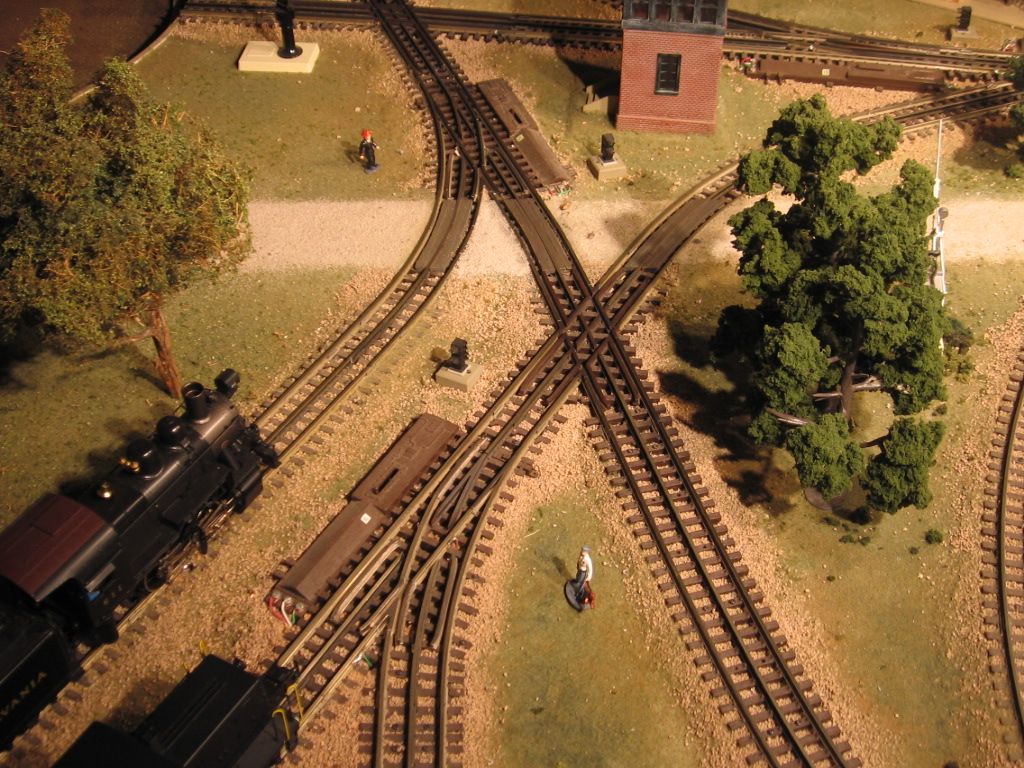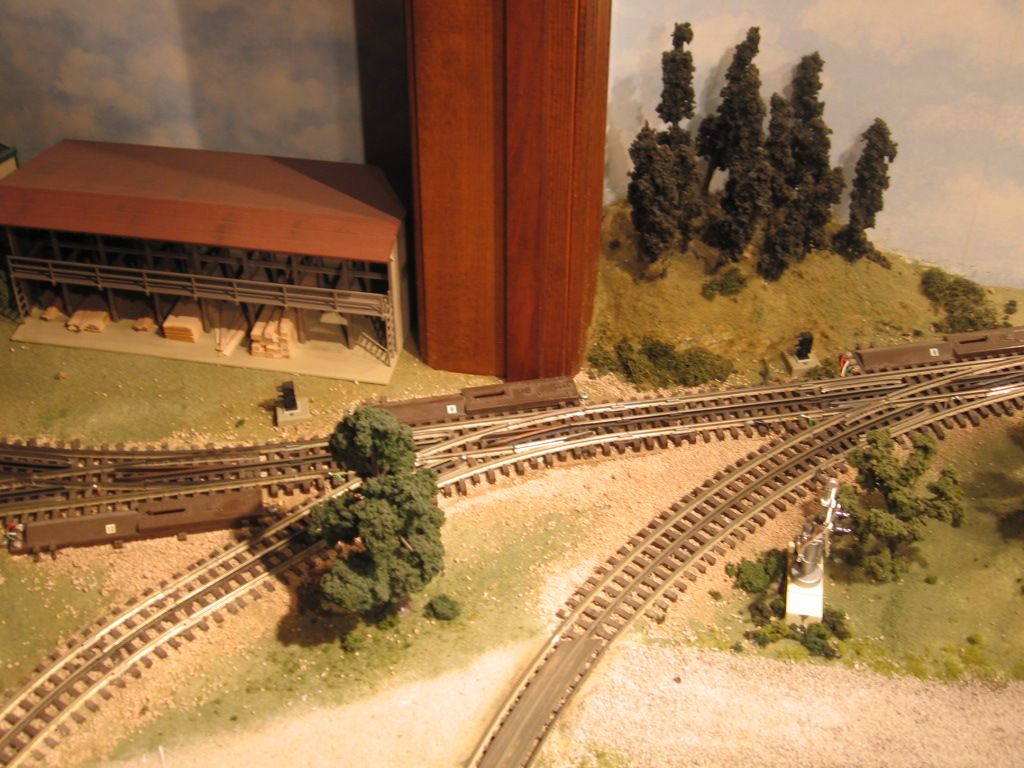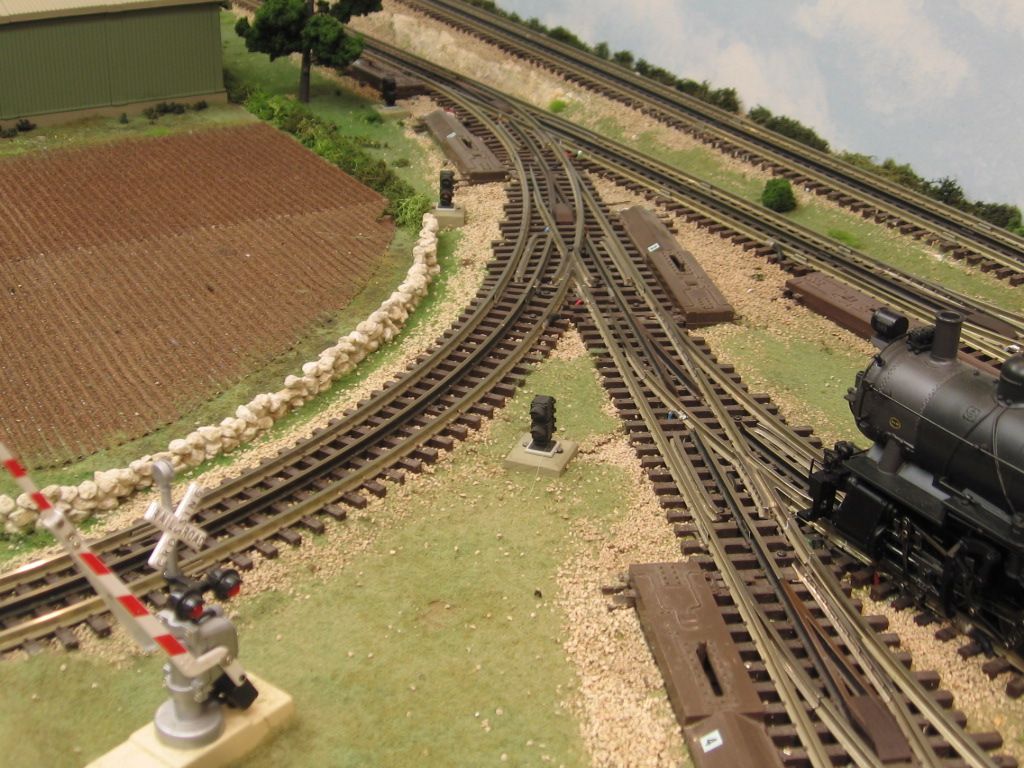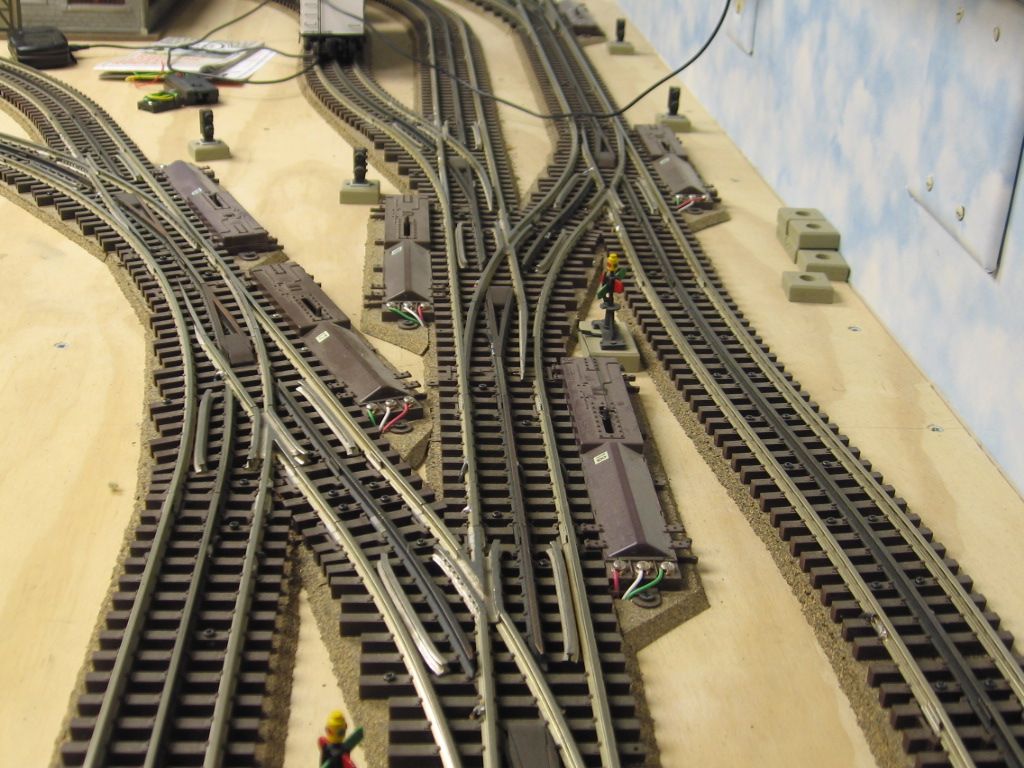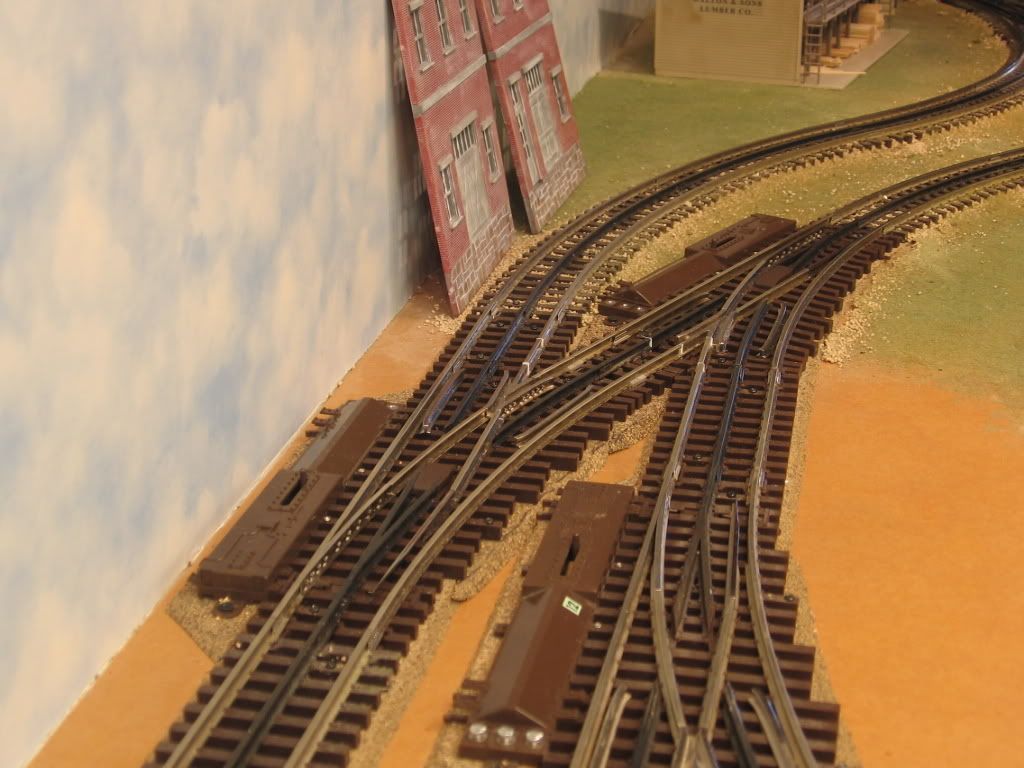I know this is the first ever post started on Atlas track and your all excited.. so here we go.
When it comes to sanding the middle rail, why do you do this?
I am assuming for conductivity problems.. does this need to be done with new track or only if you start to experience problems?
If it does need to be done to new track, then why do they even finish the top of the rail?
When it comes to the switches and track planning.. typically should the #5 switches be used for connecting main lines on a straight run, and then use O72 switches in other areas such as yards?
When it comes to switch machines from atlas switches, I have heard everyone use everything from Z-stuff to tortise, to just staying with the atlas. I plan on mounting the machines under the table. What should I plan on using for this? FYI I am planning on using DCS and Legacy to control switches.
Finally, it seems that everyone has agreed that track spacing should be 6" center rail to center rail to accommodate any engine and not run into clearance issues. Do you use this measurement on straights as well, or just on curves. I am wondering this because there is an area where I want to try to fit 3 lines closer to each other on a straight run but I dont want to cause problems.
Thanks in advance for your replies. This is my first layout I will be constructing since like 1997, and first time using other than tubular track.... and first time using DCS or Legacy to wire switches........ lots of unknowns.


